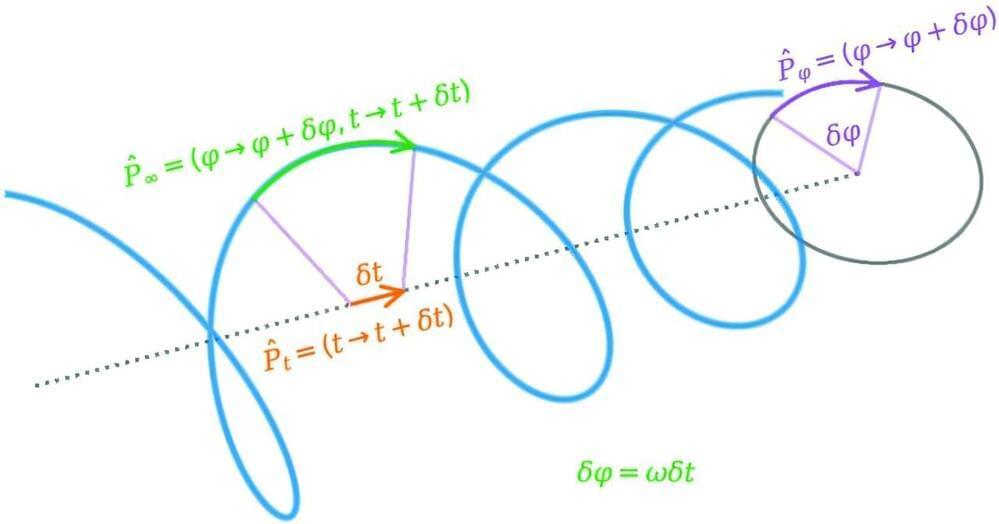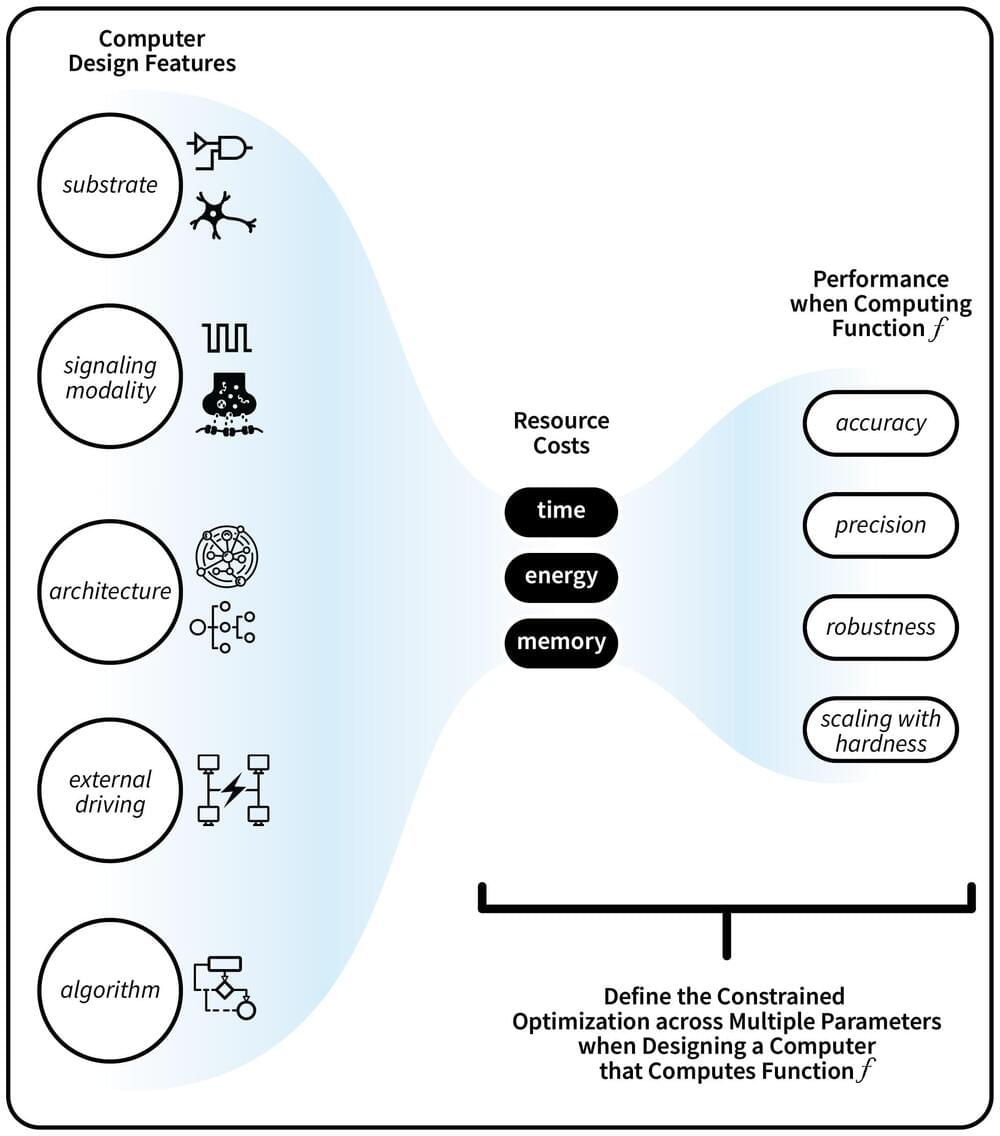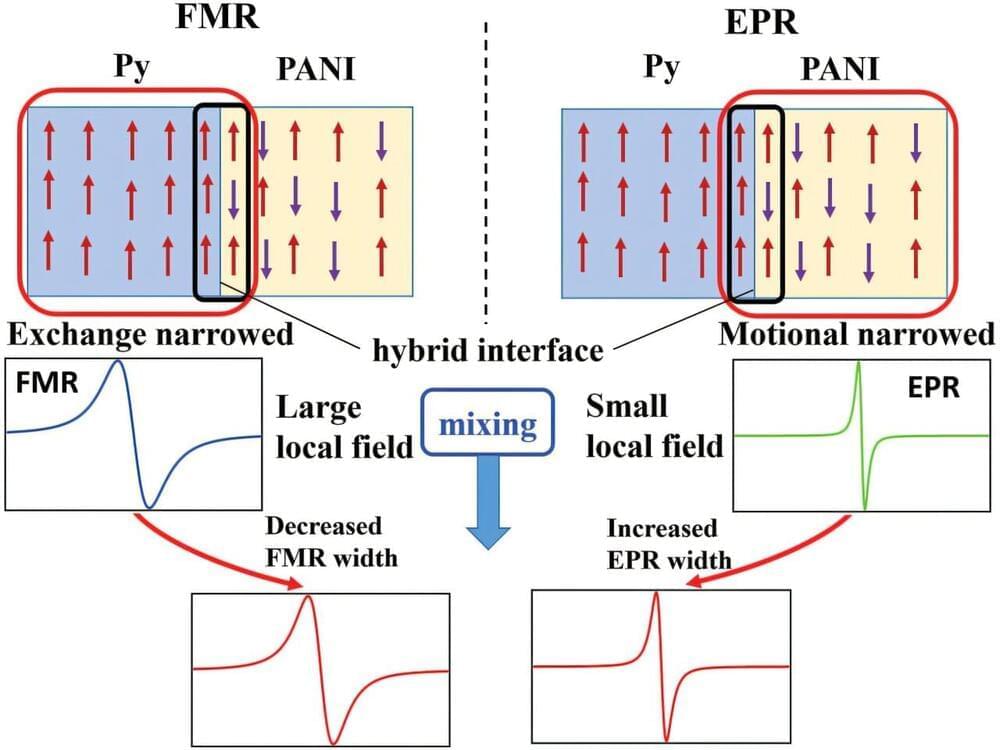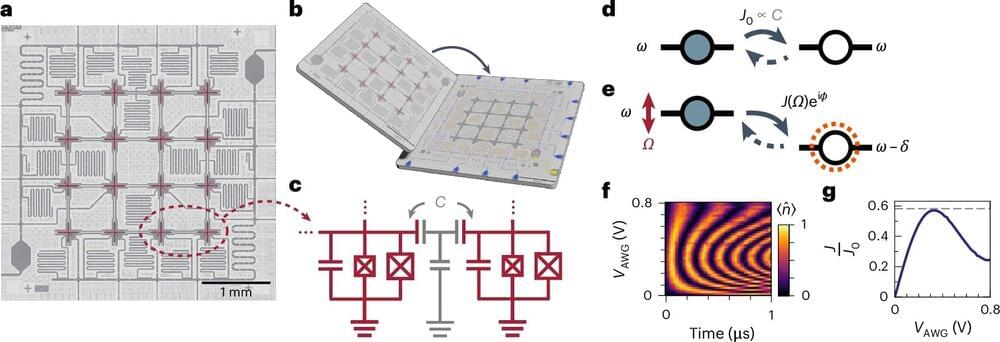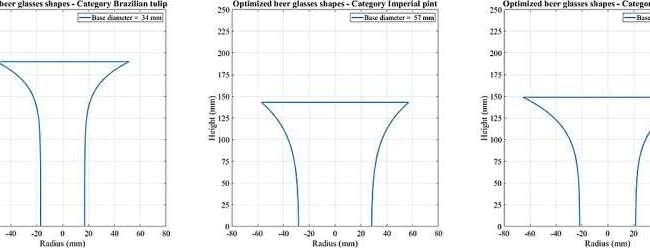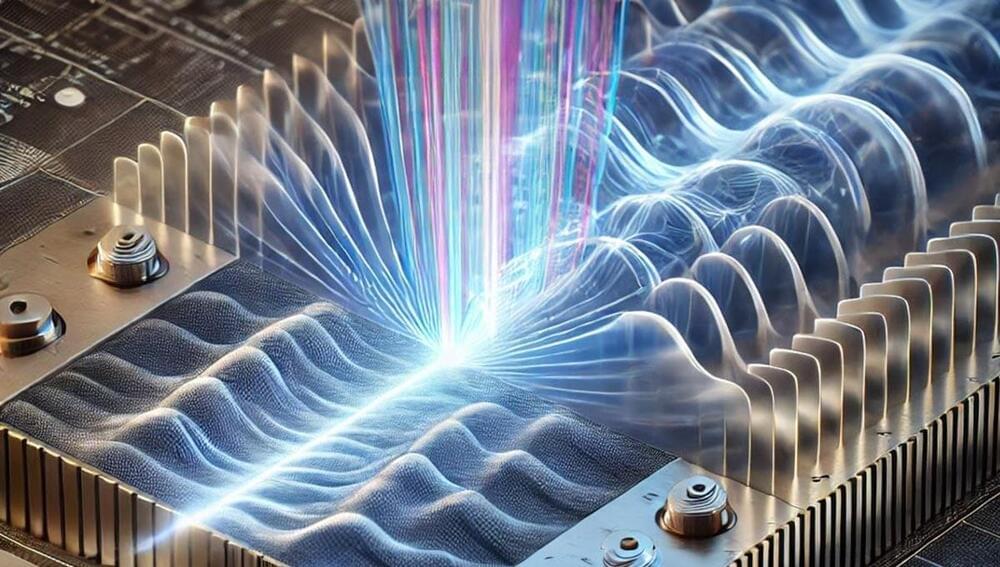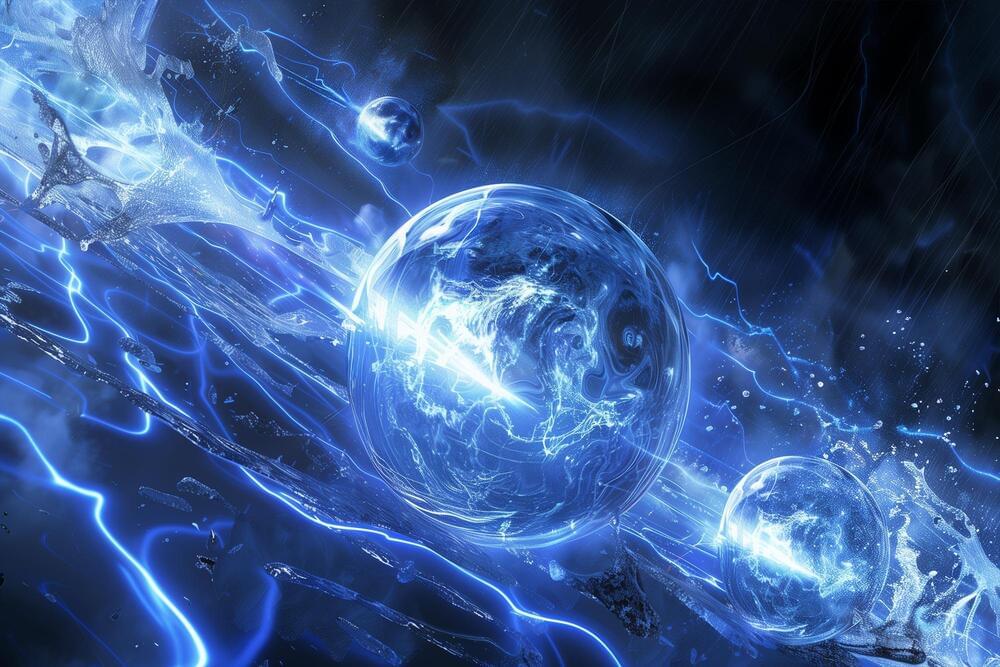Nov 9, 2024
Study introduces novel conservation law that operates down to the subcycle level during strong-field ionization
Posted by Saúl Morales Rodriguéz in categories: law, physics
The conservation law is a fundamental tool that significantly aids our quest to understand the world, playing a crucial role across various scientific disciplines. Particularly in strong-field physics, these laws enhance our comprehension of atomic and molecular structures as well as the ultrafast dynamics of electrons.
